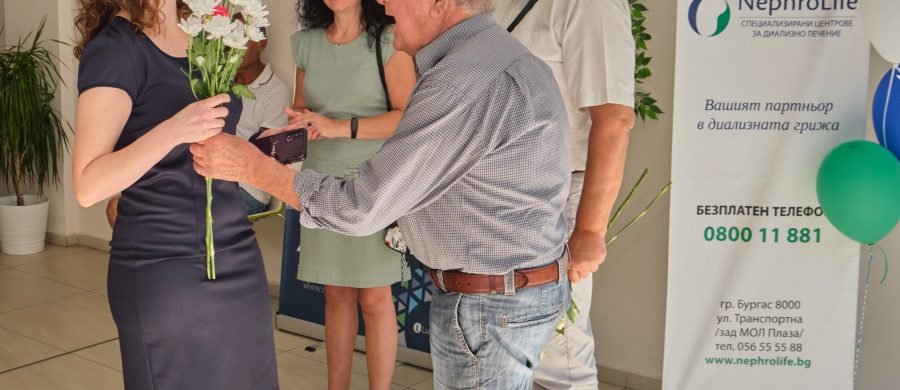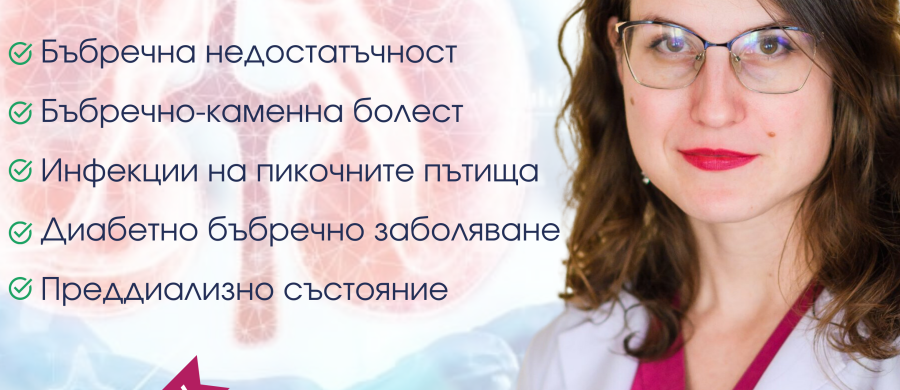PERM CAT (Permanent Catheter – Permcat)
The permanent catheter (attention! Not to be mistaken with the temporary catheter) is the so-called consumable which, under anesthesia and under ultrasound control, is placed in one of the central vessels of the atrium. And through which, with a high flow rate, the patient’s blood is taken, purified through the hemodialysis machine and then returned to the patient, already filtered.
The visible part of the catheter is usually in the chest area, below the right collarbone.
Positives: – quick to install, can be used immediately.
Negatives: – The indwelling catheter is a kind of entrance for infections. In addition to impeccable disinfection and sterility, which is mandatory for the personnel in the dialysis structure when handling the catheter, it must be maintained in an absolutely clean environment, perfect hygiene must be observed, and it must be sterilely bandaged. Not to be touched, wet, scratched, moved by the patients at home. It would possibly make it difficult or impossible to swim in a pool, go to the sea, etc.
Bathing at home takes place only after placing a waterproof bandage on the catheter, in order to prevent water from reaching it. Dressing of the catheter and its processing is done only by the medical staff in the dialysis center. Despite all precautions and observed rules for disinfection and sterility, contamination of the catheter often occurs, making it an entrance for any infections, entering through it directly into the atrium and quickly covering the patient’s entire organism.
Such infections are extremely dangerous, difficult to control, and the catheter, once infected, must be replaced immediately. Here it is important to note that even with perfect maintenance of the catheter, it is replaced in approx. 4 – 5 years, and if an infection occurs – immediately.
The permanent catheter is a consumable that is not paid for by the Health Insurance Fund. Its price is approx. 550 BGN. – risk of blockage of the catheter – it often happens that the catheter stops working when it is blocked by biological deposits.
Then it needs to be changed again, in quick order. – the aesthetic aspect of the permanent catheter – it is visible, it could hardly remain hidden in the summer. In addition, it is not a suitable option for people who would not want it to be known at their workplace or in the immediate environment that they are undergoing hemodialysis treatment.
Overall, there are pros and cons to both vascular accesses, but it is important to note that the gold standard in hemodialysis requires fistula construction, especially for young and middle-aged patients, and resorting to a catheter only as a true last resort.











